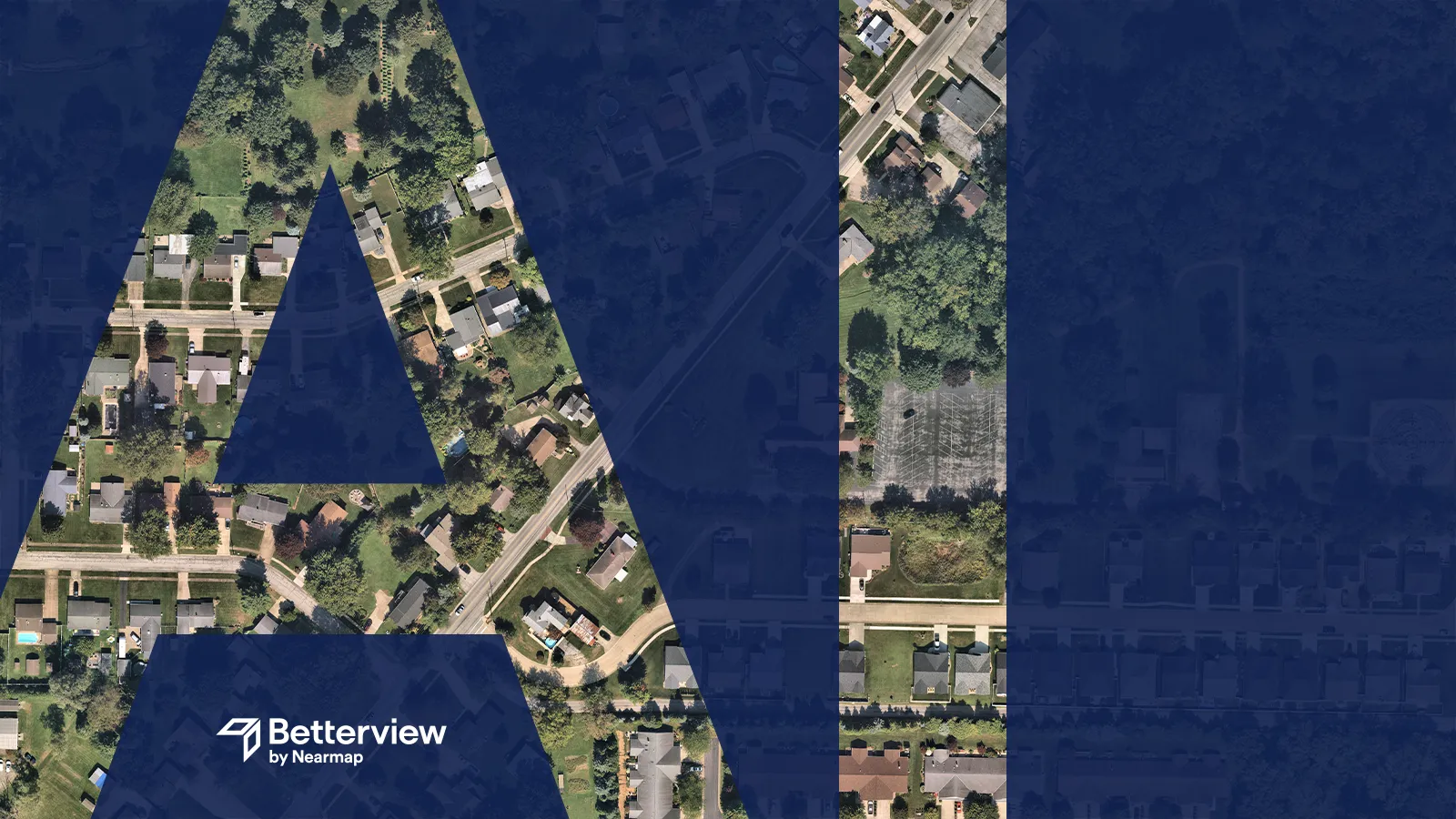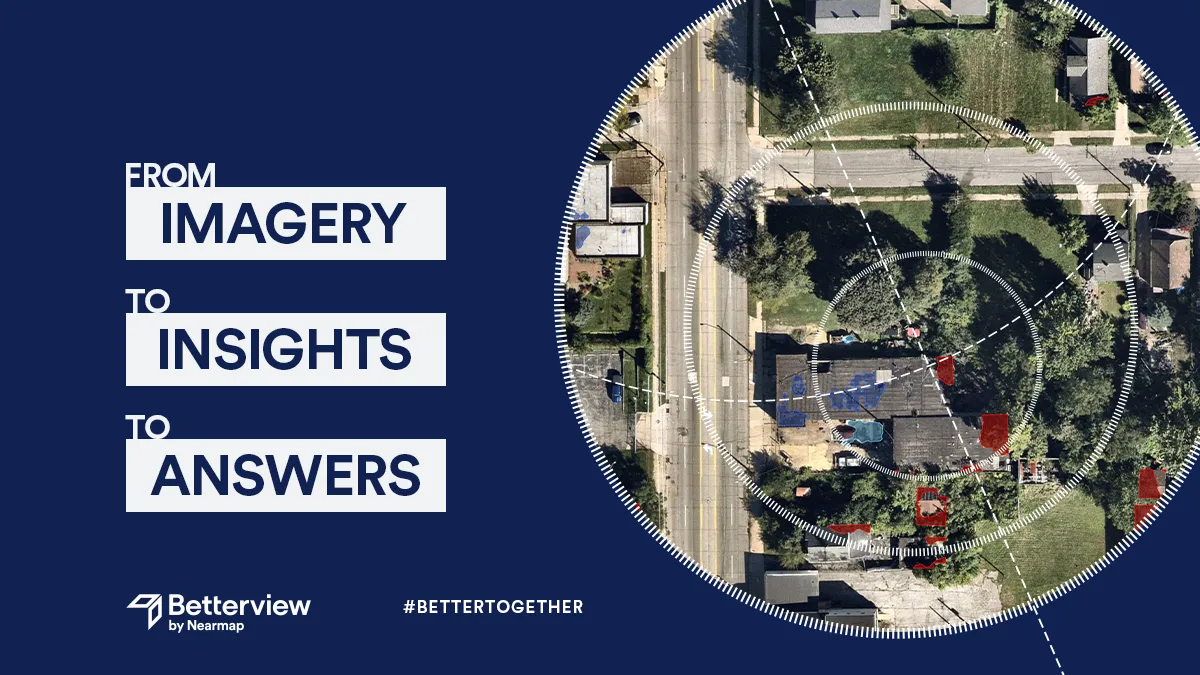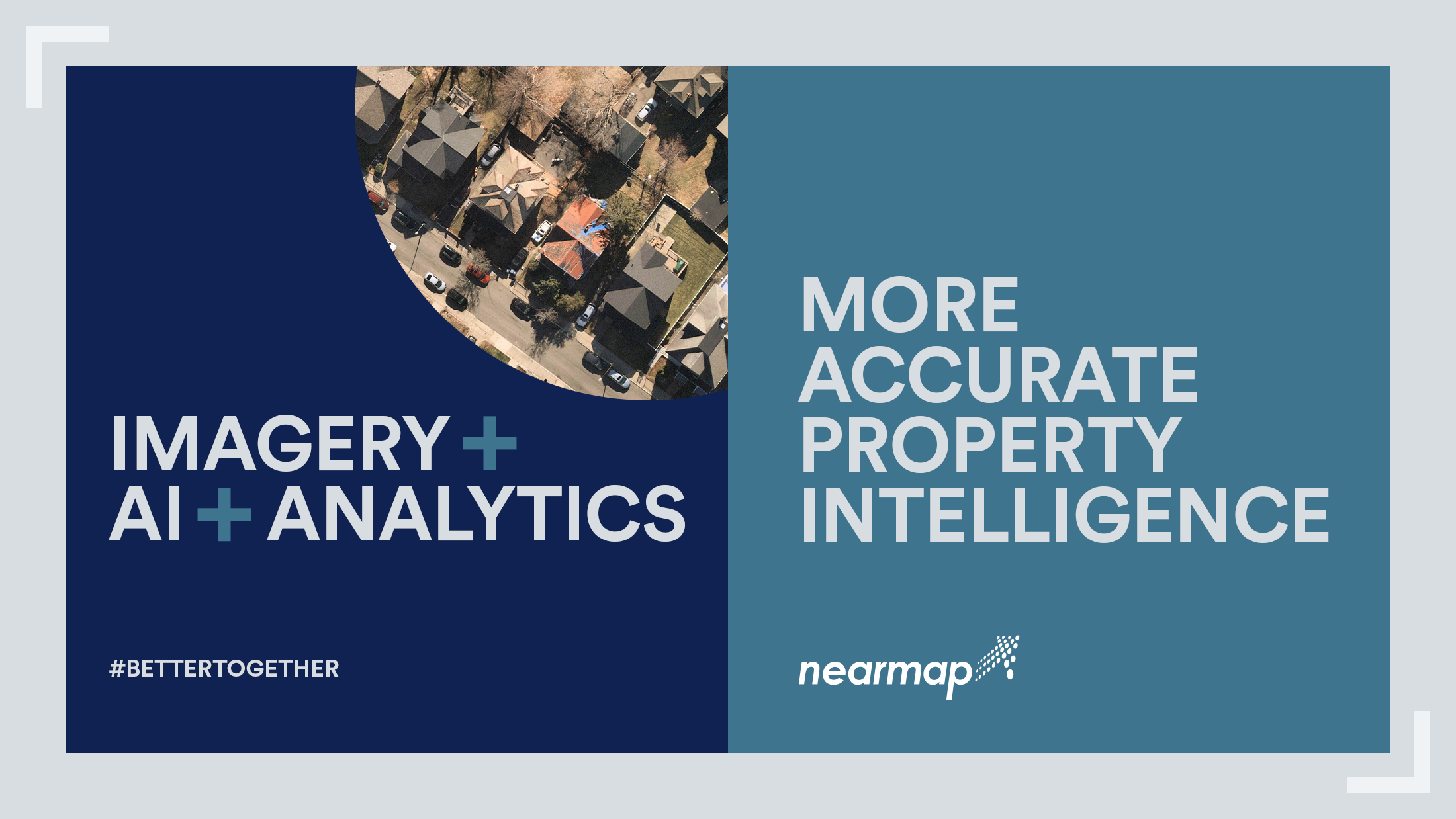How AI Can Keep P&C Insurers Profitable
How can P&C insurers remain profitable in 2024?

In the insurance industry, building trust is vital. Insurers make a commitment to provide their customers with protection and, in the event of a tragedy, to aid in their recovery. Tasked with such a weighty responsibility, insurers must continuously strive to earn the complete trust of their policyholders. They cannot make arbitrary policy decisions or operate within black boxes. Instead, insurers must embrace transparency in their business to establish a trusting relationship with their customers.
As a company operating in the P&C insurance space, transparency is very important to us. It is a guiding value, not just another buzzword. Here are some ways we embody transparency in our Property Intelligence & Risk Management Platform.
Model Confidence Scores: Keeping Us Honest
The pride of the Betterview platform is the dozens of computer vision models that we have built to detect the presence of maladies and risk drivers on properties. While we are fully confident in our engineering team, we also recognize that some companies selling AI products conceal flaws in their technology. For insurers to trust them, an AI-powered insurtech must be radically transparent about the capabilities and limitations of their technology.
That is not a problem for us at Betterview – we trust the power of our technology and have nothing to hide. We regularly publish notes on the performance of our AI models and also feature confidence scores on our platform to show the accuracy of each model. If you have questions about how accurate our models are, you don’t have to take our word for it. Model performance updates and confidence scores are there to ensure you are as informed as possible about the tools you are using.
Roof Spotlight Index: A Risk Score You Can Trust
In a very literal sense, transparency is built into the features of the Betterview platform. This is evident in our sophisticated risk scores and our model confidence scores, among other features designed to remove black boxes and embrace full transparency.
Many insurtech companies offer risk scores, but most of them will not tell you very much about what went into that score. Instead of getting a holistic and actionable view of real property condition, underwriters are simply given a number or letter grade for each property. This kind of score might be useful if automation is your only concern, but it does not actually provide a deeper look at property condition.
The Betterview risk scores – especially the Roof Spotlight Index (RSI) – allow insurers to zoom in on the granular details of the properties in their book. Every property is given an RSI between 1 and 100 (perfect for automating workflows) but underwriters also have the option to see what led to that score. One property might show 70% prevalence of roof staining, for example, while another might show 50% prevalence of missing shingles. The RSI doesn’t just tell you whether a property is an A or an F; it gives a comprehensive breakdown of all the factors contributing to overall risk.
Increasing Transparency Throughout the Policy Lifecycle
The depth of our risk scores and our confidence scores are two ways that Betterview embodies transparency through our product. But in a broader sense, we strive to empower insurers themselves to prioritize transparency throughout the policy lifecycle from quoting to bind to claims to customer communication. In turn, the nature of our technology allows underwriters, agents, and policyholders to be on the same page early in the underwriting process.
Say, for example, a property is deemed a high risk because it has insufficient defensible space within a wildfire zone. Underwriters can easily share a report of these risk drivers with an agent, who can then inform the insured exactly why their property is high risk. In some cases, the insured may even be able to take risk-mitigating measures – such as repairing a roof or removing vegetation – to reduce their risk level. In this situation, transparent communication creates a win for everyone: insurers avoid having to pay out a future claim, and the insured may get a more desirable premium.
Looking to increase transparent communication in your business? Reach out to us today and we’ll help you get started.

How can P&C insurers remain profitable in 2024?

What does the Nearmap acquisition of Betterview mean for the insurance industry?

The insurance industry, and the technology that supports it, have seen significant change over the last few years. New technology continues to come...